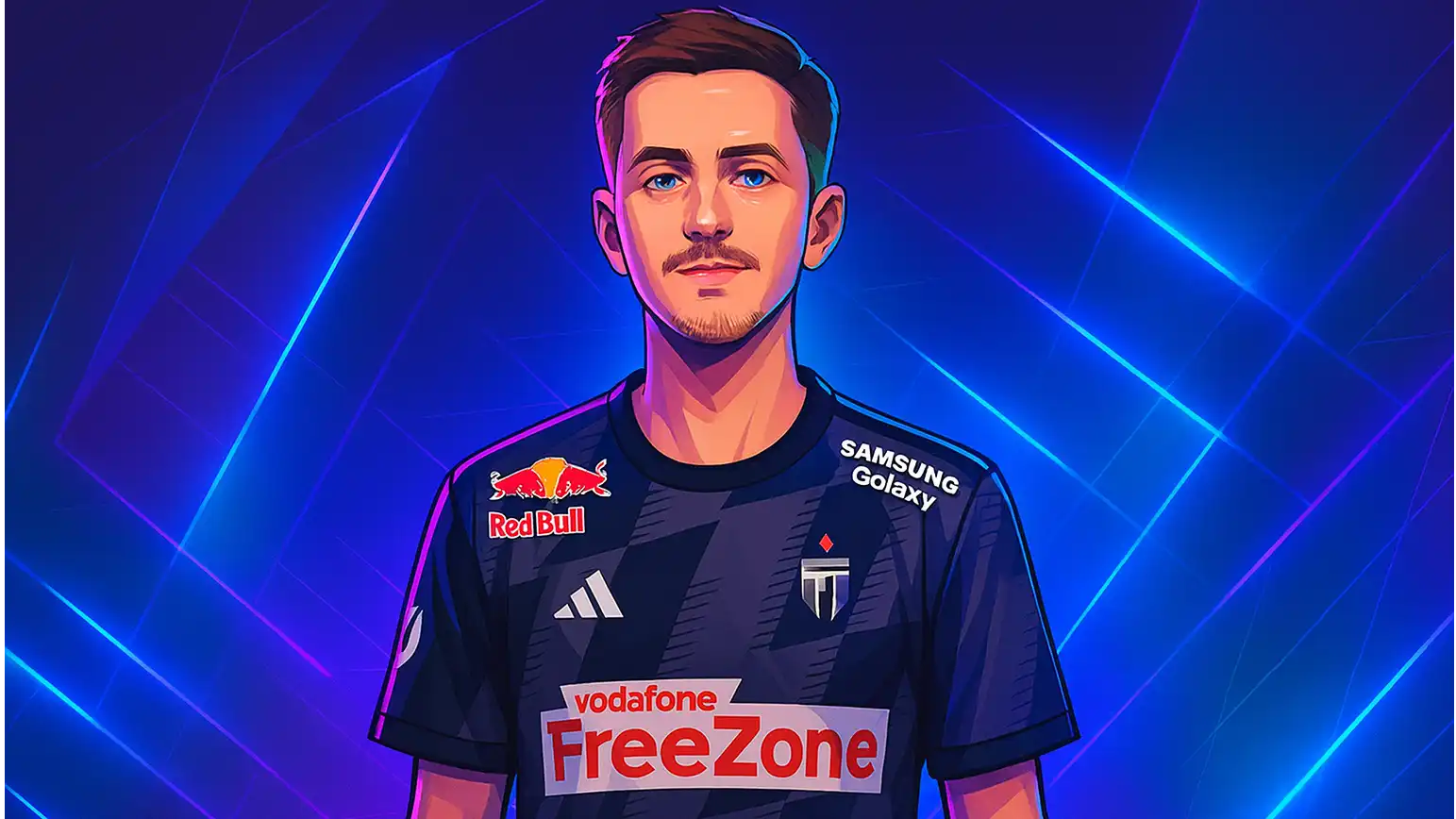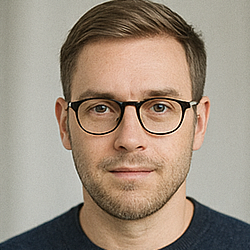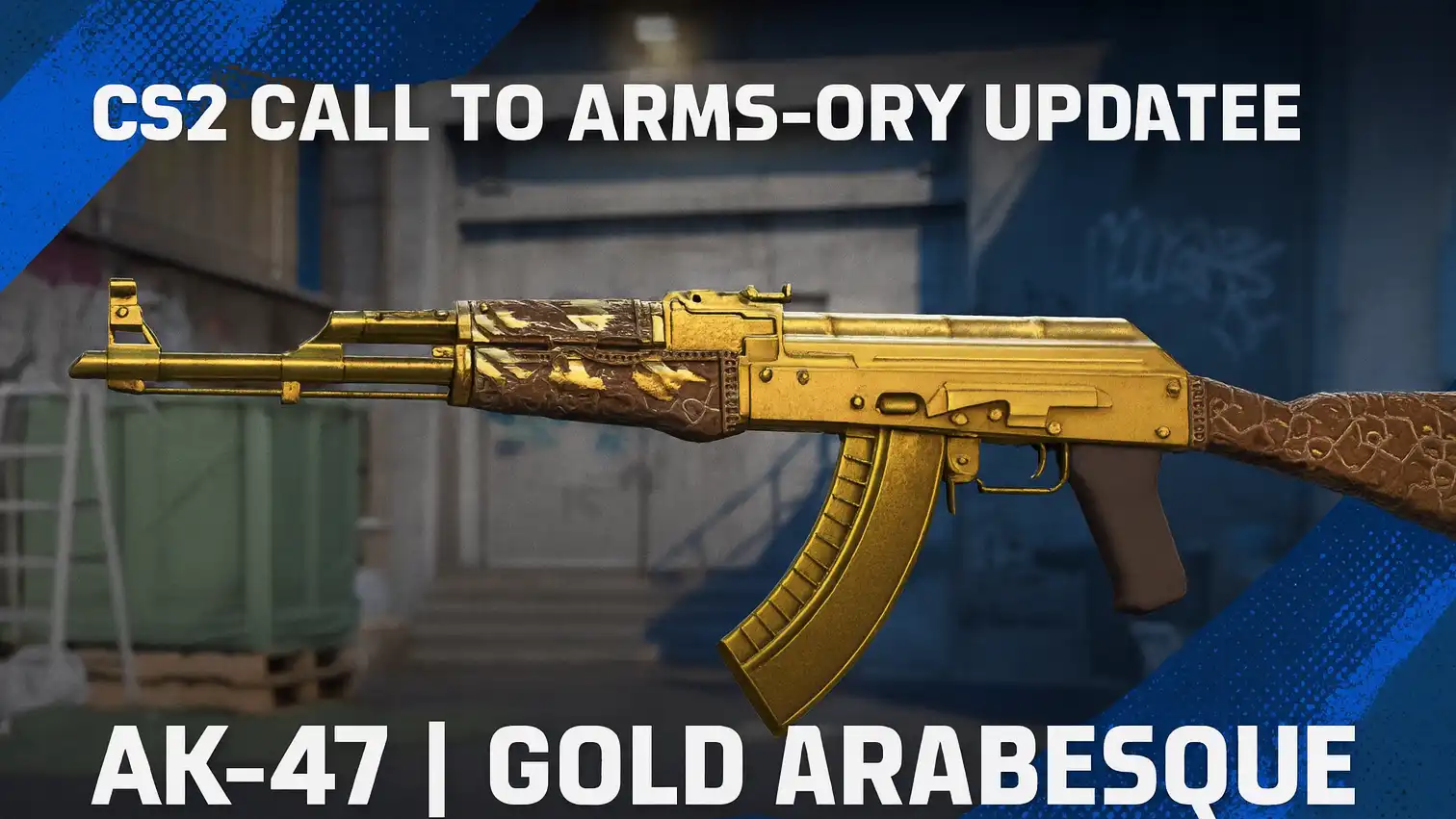Krabeni: “We’ve earned this stage—now it’s about proving we belong here every round”

Krabeni: “We’ve earned this stage—now it’s about proving we belong here every round”
FUT Esports’ spirited run at the CS Asia Championships has given one of Europe’s fastest-rising mixed rosters a first real taste of a packed arena in Shanghai—and, if you ask rifler krabeni, it’s a stage they’ve “deserved” to experience. Speaking to HLTV on site, the 20-year-old framed FUT’s week as both a validation of months of groundwork and a reminder that composure will decide whether their upset wins become a habit or a headline.
The confidence isn’t baseless. FUT lit the fuse on day one by upsetting FaZe Clan 13–11 on Mirage, a best-of-one that turned into a case study in nerve management. HLTV’s stats page shows FUT racing to a 9–1 start before weathering a late FaZe push to close it out—an opener that reshaped the group narrative and catapulted krabeni and company into every analyst desk segment.
In the interview, krabeni emphasized what many rising teams only learn the hard way: arena play punishes hesitation. He described how the bigger stage forces cleaner comms, tighter mid-round calls, and quicker reactions to pressure plays—skills FUT have tried to hard-wire since assembling their international core earlier this season. That mindset aligns with FUT’s profile as a roster built on pace and plentiful mid-round initiative rather than a single hard carry to mask structural gaps.
The Mirage victory set immediate expectations. Against FaZe’s championship-hardened core, FUT found impact through early-round initiative and confidence in duels—precisely the traits that tend to wobble once chants get louder and timeouts start compounding. Round-by-round flow from HLTV’s map page underlines the point: a blistering T-side spread that leaned on fast execs and precise trading, followed by a late-game composure check as FaZe clawed back to 13–11. The fact FUT closed it without collapsing is exactly the “we belong here” data point krabeni referenced.
Zooming out, Shanghai has doubled as a barometer for where FUT fit within a top tier that’s been unusually volatile in CS2’s second year. Heavyweights have rotated form—FaZe juggling deep runs with sudden off-days, while title contenders like Vitality, Falcons and MOUZ have, at times, traded series wins at the business end of events. A breakout group showing at CAC therefore carries real weight: it’s one of the few arenas this autumn where crowd energy, travel fatigue, and a dense schedule collide, revealing which systems hold up under stress.
Krabeni’s “we deserve this LAN arena” line also speaks to FUT’s methodical climb. Unlike partner-league mainstays who bank on guaranteed stage reps, FUT have had to scrap for every high-exposure match. Getting an early arena day in Shanghai—off the back of a scalp like FaZe—compresses development time: the team’s protocols get tested in front of thousands, and VODs now include comms and body language under bright lights rather than only studio calm. That experience dividend can outlast any single tournament placing.
Tactically, FUT’s wins this week have leaned on a few repeatable pillars: consistent early utility to claim space, a willingness to re-hit after losing opening control, and a calm approach to 3v3 and 2v2s that doesn’t default to hero plays. The statistical footprint from the FaZe map—balanced fragging, few wasted openings, and a refusal to chase fights after losing man advantages—backs up the eye test from the broadcast. Those are the habits that translate from studio to stage, and they’re exactly what krabeni pointed to when asked how FUT plan to turn a surprise victory into a statement campaign.
None of this erases the learning curve. As krabeni noted, arena noise can scramble comms, and momentum swings feel sharper when the other side’s highlight rounds trigger a wall of sound. That’s where FUT’s mid-round leadership and composure will be audited next. Surviving the first punch is one thing; stabilizing through a full best-of-three on a main stage against veteran IGLs is the next box to tick. The group context at CAC, and the caliber of opponents hovering in the playoff bracket, ensure FUT will see more of those tests before the week is out.
Whether or not FUT convert this run into a deep finish, krabeni’s takeaway has already aged well: they didn’t just stumble into an arena day. It was earned via preparation and one of the tournament’s most impactful opening results. With the field trending toward deeper strat books and higher pressure windows as 2025 winds down, FUT’s blend of confidence and structure—tempered by the Shanghai crowd—looks like the right recipe to keep them in the conversation long after CAC wraps. And for a player who just told HLTV he believes his team deserves this stage, the best way to prove it is obvious: keep winning rounds when the noise peaks.




